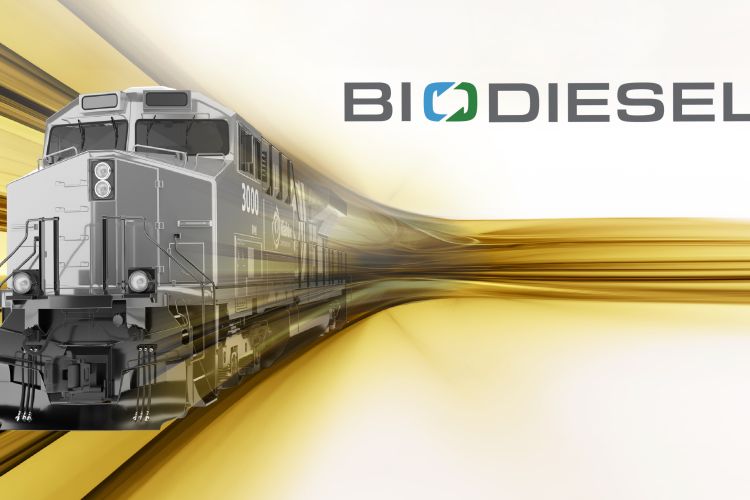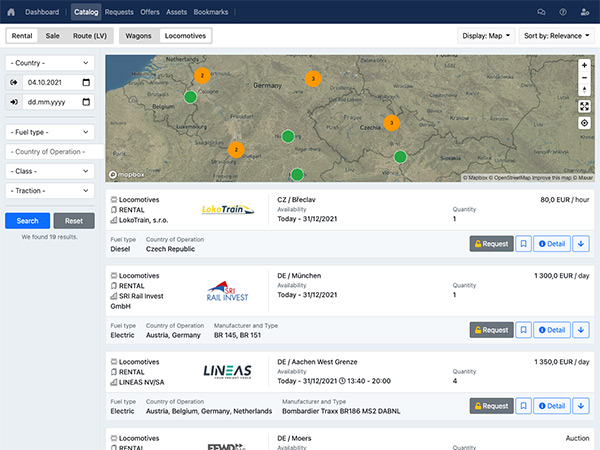In a shift towards sustainable rail transport, North America's railways are taking significant steps to reduce their carbon footprint. Committed to a greener future, they have set ambitious targets to reduce emissions by 30-40% by 2030 and achieve net-zero emissions by 2050. To achieve these goals, they are using a combination of fuel-saving innovations, carbon reduction solutions, and net-zero technologies. This multi-faceted approach promises to transform the rail industry and make it greener. Wabtec's commitment to sustainable rail transport is evident in its extensive field trials of alternative fuels.
The first lever in this sustainability journey focuses on fuel savings. Here, Wabtec uses a leading fuel-saving technology, FDL Advantage, which has already improved fuel efficiency by 5%. This reduction in fuel consumption translates into a significant reduction in CO2 emissions, providing an efficient and cost-effective solution.
While fuel reduction is effective, the industry is placing significant bets on biofuels to bridge the gap to its 2030 emissions targets. Wabtec has successfully tested and approved B5 and R30 in its locomotives. With B11 and R50 in the pipeline for approval by the end of 2023, the industry is preparing for the introduction of B20 and R100, which will allow rail operators to choose their fuel mix based on local availability and reduce well-to-wheel emissions by up to 60%.
But achieving net-zero emissions requires more than fuel efficiency and biofuels. To achieve this ambitious goal, the rail industry is looking for hydrogen and electric batteries. Batteries are currently less efficient than diesel engines but could improve with technological breakthroughs. Hydrogen, on the other hand, holds great promise, both as a complement to biofuels and as a stand-alone fuel cell, ushering in an era of net-zero locomotives.
While biofuels are well into the testing phase, hydrogen as a rail fuel is still in its infancy. Wabtec recognizes the importance of a phased approach, moving from biofuel-compatible hydrogen internal combustion engines to hydrogen fuel cell technology, ultimately aiming for a net-zero emissions future by 2050.

